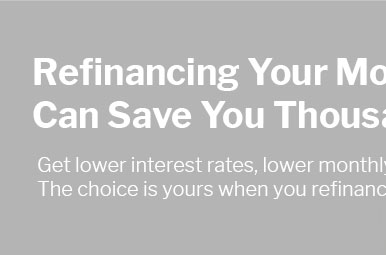 |
 |
 |
 |
|---|
 |
||
|---|---|---|
 |
||
 |
||
 |
||
 |
||
 |
 |
 |
 |
 |
 |
30 fixed mortgage rates: what they mean and how to compareChoosing a 30-year fixed loan means predictable payments from month one to the last. When people say 30 fixed mortgage rates, they mean a rate that never changes, while each payment gradually shifts from mostly interest to more principal. That stability supports a budget and long-range plans. How a fixed rate worksAt closing, the lender sets your fixed rate. The principal-and-interest payment stays the same, though taxes and insurance can change. Early in amortization, payments are interest-heavy; later they build equity faster. Paying a bit extra toward principal each month can reduce total interest and shorten the term. What moves rates and how to shopRates reflect market yields, lender pricing, your credit, loan size, and the lock period. Compare quotes on the same day and request a Loan Estimate to line up costs.
https://www.rocketmortgage.com/mortgage-rates/30-year-mortgage-rates
30-Year Mortgage Rates - 30-year Fixed - 30-year FHA - 30-year VA - 30-year jumbo fixed - We help make home more affordable. Learn ... https://www.bankrate.com/mortgages/30-year-mortgage-rates/
On Saturday, March 15, 2025, the current average interest rate for a 30-year fixed mortgage is 6.68%, up 2 basis points from a week ago. If you're looking to ... https://www.forbes.com/advisor/mortgages/mortgage-rates/
What Are Today's Average Mortgage Rates? - 30-year fixed-rate mortgage: Today. The average APR for the benchmark 30-year fixed mortgage is 6.75%.
|
|---|